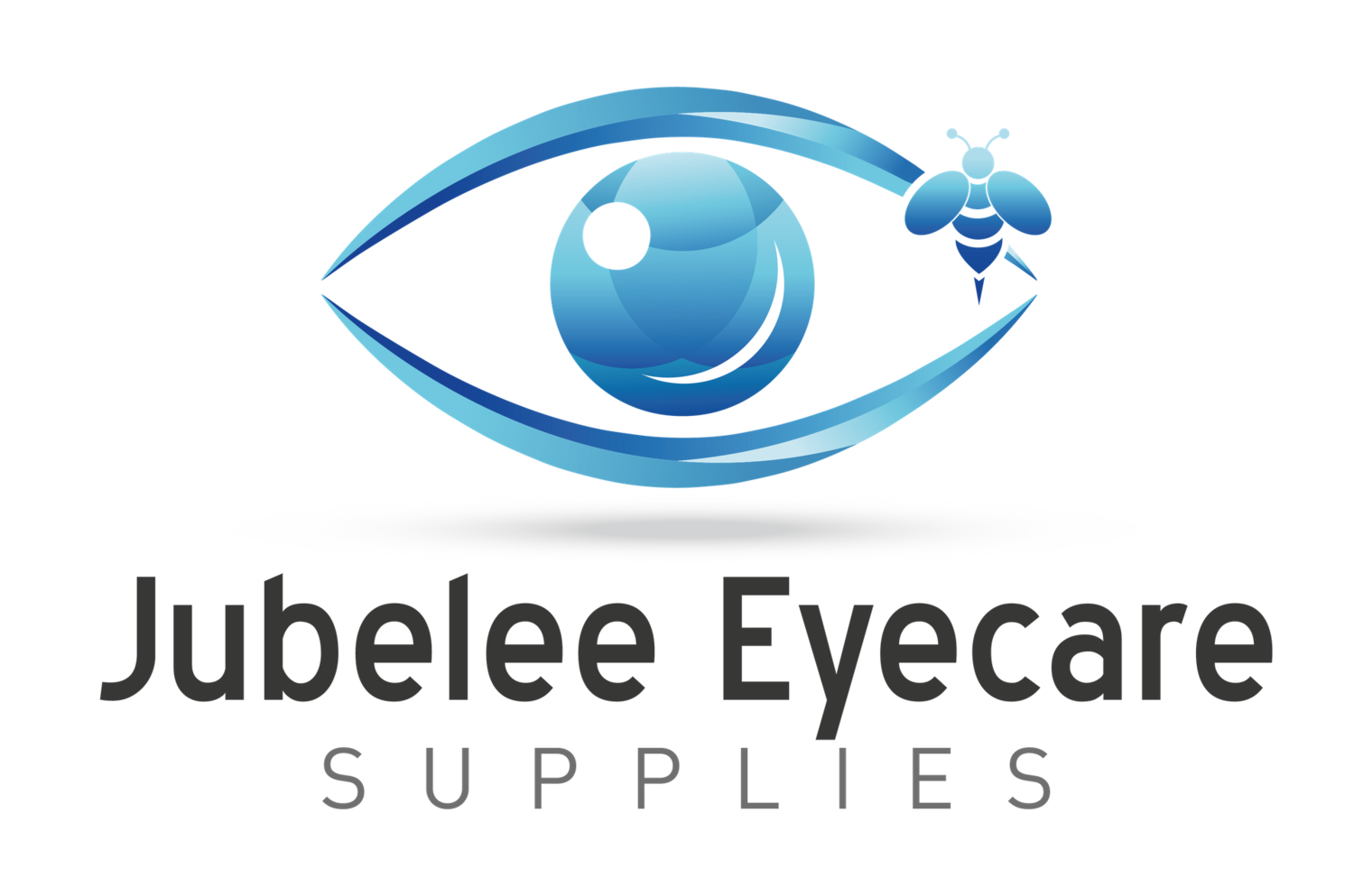Why Honey Eye Drops?
Have you ever wondered about the story behind honey eye drops?
While honey is an item that you will find in households throughout the world, there is far more to this sweet sticky stuff, than simply a spread to slather on bread!
Bees produce and store honey to provide nourishment and energy to the hive during the long winter months, when few flowers are in bloom. Not surprisingly then, honey is packed full of vitamins, minerals, enzymes and antioxidants.
A Brief History of Honey
Archaeologists have discovered evidence that honey was used – even treasured - in many ancient civilisations. In fact, pots of honey have been found preserved in the tombs of Egyptian pharaohs!
Over the millennia, honey was used for much more than just to sweeten food.
Honey as Medicine
While the ancients didn’t have access to Optimel TM honey eye drops, honey was used to treat a range of ailments – from sore throats and coughs, to gout, anxiety and digestive difficulties, as well as to soothe and moisturise dry skin, and help heal burns, cuts and other skin problems.
The ancient Egyptians used honey when embalming dead bodies, and valued it so much they used it as currency, for example to pay taxes or as a dowry.
However it has only been in recent years that research has begun to support the use of honey in medicine. (It is important to note however that we are not referring to the standard supermarket varieties, which have often been processed, treated or diluted.)
The most well-known effect of honey is its antibacterial activity, and studies have also indicated that it may possess anti-inflammatory properties, and stimulate immune responses within a wound.
The Research Behind Honey Eye Drops
In recent years, research has shown that manuka honey (Leptospermum species), the key ingredient in Optimel eye drops and gel, is particularly useful as a treatment for dry eye syndrome as it reduces:
the evaporation rate of the protective tear film;
pain and inflammation;
bacteria count (eg Staphylococcus epidermis).
At Jubelee Eyecare Supplies, not only were we instrumental in bringing these revolutionary honey eye drops to the Australian market, but we are proud to be wholesale distributors to leading optometrists, opthalmologists and other eyecare professionals.
If you are interested in stocking Optimel TM, or would like to find your nearest stockist, please contact us.
References:
Albietz, J.M. and Schmid, K.L. (2017), Randomised controlled trial of topical antibacterial Manuka (Leptospermum species) honey for evaporative dry eye due to meibomian gland dysfunction. Clin Exp Optom, 100: 603-615. https://doi.org/10.1111/cxo.12524
Eteraf-Oskouei T, Najafi M. Traditional and modern uses of natural honey in human diseases: a review. Iran J Basic Med Sci. 2013;16(6):731-742.

